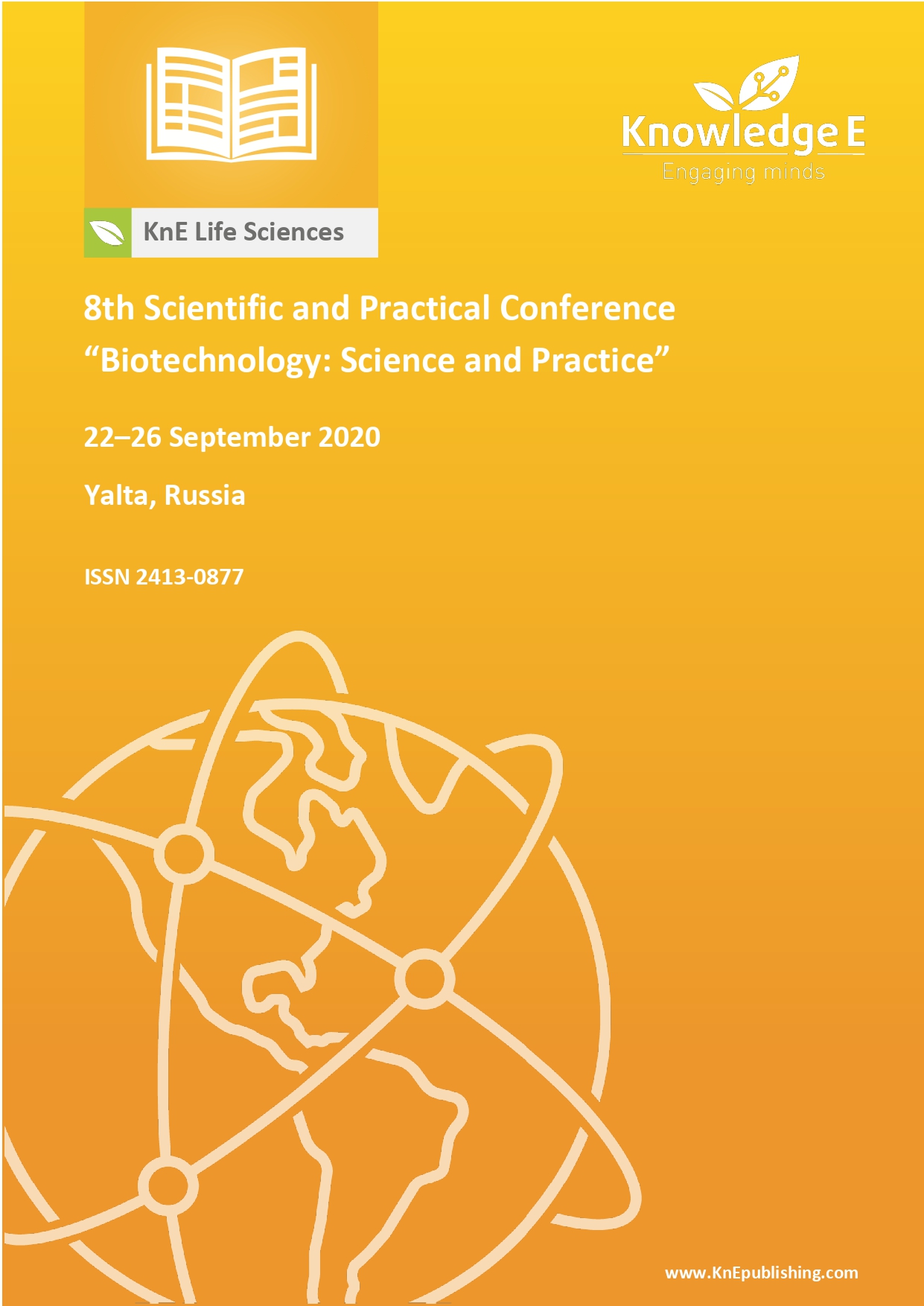A Substitute for Fishmeal in the Diet of Broiler Chicks
DOI:
https://doi.org/10.18502/kls.v7i1.10137Abstract
The aim of this research was to study the biochemical properties of a new protein-rich feed additive produced by the short-term intense thermal treatment and subsequent enzymatic hydrolysis of the wastes of poultry slaughter and primary processing (feathers and fluff). It was found that this feather-based fermented feed additive contained high amounts of crude protein (86.52%); and the content of easily digestible low-molecular peptides in the additive was 9% higher compared to fishmeal. The amino acid profiles of the additive and fishmeal were compared. The effectiveness of substituting the additive for fishmeal in the diet of broiler chicks was demonstrated by the in vivoexperiments. The results showed that the digestibility of the dietary nutrients was higher in broilers that were fed the new additive compared to those fed fishmeal, which resulted in higher meat productivity: the average daily weight gains in additive-fed broilers was 3.82% higher (p <0.01) compared to fishmeal-fed control broilers, the dressing was 1.4%higher, the muscle in the carcass was 2.1% higher, and the feed conversion ratio was 3.57%lower. The sensory evaluation scores of the meat and broth were also higher in the additive-fed broilers.
Keywords: feedadditive, feather wastes of poultry slaughter, enzymatic hydrolysis, distribution of molecular peptide weights, digestibility, productive performance in broilers
References
OkolelovaTM, ProsviryakovaOA, Grigorieva EN, Shevyakov AN. Fish meal high-grade substitute in mix-feed for broilers. Poultry & Chicken Products. 2008;2:41-43.
KharlamovKV. Comparative analysis of feather flour feed value. Poultry & Chicken Products. 2008;5:38-42.
Smirnova IR, Shopinskaya MI, Satyukova LP. Impact of functional poultry feather keratin on the nutritional value of chicken meat. Veterinary (Moscow). 2017;1:57-61.
Tatyanicheva OE, Boyko IA. The effects of feather flour on the productive performance and meat quality in ISA F-15 broilers. Proceeding of Kursk State Agricultural Academy. 2010;5:67-69.
Fisinin VI, Ismailova DY, Volik VG, Lukashenko VS, Saleeva IP. Deep processing of collagen-rich poultry products for different use. Agricultural Biology (Moscow). 2017;52(6). 1105-1130 doi.org/10.15389/agrobiology.2017.6.1105rus
Imangulov SA, Egorov IA, Okolelova TM et al. Manual on the scientific and commercial research on poultry nutrition.Fisinin VI, Imangulov SA, editors.SergievPosad: VNITIP; 2004.
Lukashenko VS, Lysenko MA, Stollyar TA, Kavtarashvili AS, Lukashenko OA, Dychakovskaya VV, Kalashnikov AI. Manual on theanatomic dissection of poultry carcass, sensory evaluation of poultry meat and eggs. Lukashenko VS, editor. SergievPosad: VNITIP; 2013.

